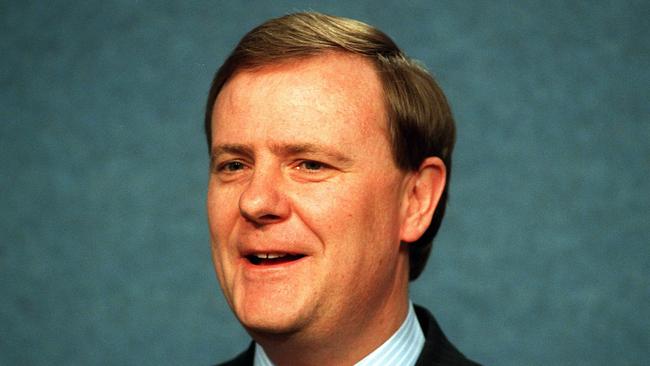Post-austerity spend tightly constrained
Ministers bridled under the restrictions imposed for the 1998-99 budget.

In May 1998, treasurer Peter Costello ruled a line under two years of austerity to announce a modest budget surplus.
This achievement, however, had not come painlessly.
And after operating under severely straitened circumstances for two budgets, ministers bridled under the restrictions imposed for the 1998-99 budget, the cabinet papers released on Wednesday reveal.
After John Howard’s Coalition government had inherited a significant deficit from the Labor Party in March 1996, it had resolved to repair the country’s finances following its landslide victory.
In December 1997, with the country’s finances on firmer footing, the government eased its iron-clad restrictions on its ministries.
Ministers were told they would be able to propose spending on new policies for the 1998-99 budget, but they were not given free rein: new spending had to be offset by “genuine” savings elsewhere.
This did not sit well with some ministers, who felt there was little room left to cut, and therefore little room to spend.
Minister for health and family services Michael Wooldridge, for example, complained that he had already slashed $8bn from programs since election.
The minister for transport and regional development, Mark Vaile, also struggled to find further savings, but he nonetheless put forward six major new policy initiatives.
The two most expensive of these proposals was to spend $50m a year over the next four years to upgrade bridges in order to release “the economic benefits from increased heavy vehicle mass limits”, as well as $100m a year to “address the backlog of economically warranted works on the national highway and other roads of national importance”.
Treasury costed the total package of proposed initiatives at $830m over four years, and with the promise of only $10m in offered “genuine offset savings”.
Mr Vaile was unapologetic. In his submission to the expenditure review committee, he noted a letter of December 19, 1997, to the prime minister in which he told Mr Howard there was “no capacity to offer savings from within my portfolio following heavy cuts to portfolio programs over the previous two budgets”.
The minister’s best efforts were largely rebuffed, however, and in April 1998 the expenditure review committee approved about $31m to be spent on a handful of minor policies.
Mr Vaile could declare partial victory, however — that was close to triple the offered savings.
A much more closely fought victory at the early October 1998 election left the government more prepared to consider spending by the time of the 1999-2000 budget process.



